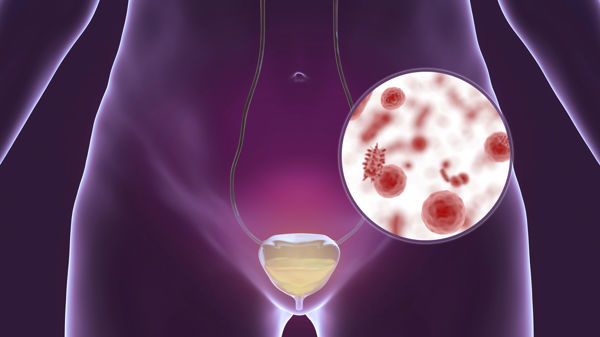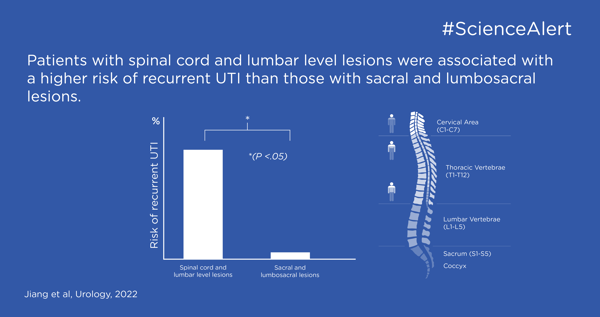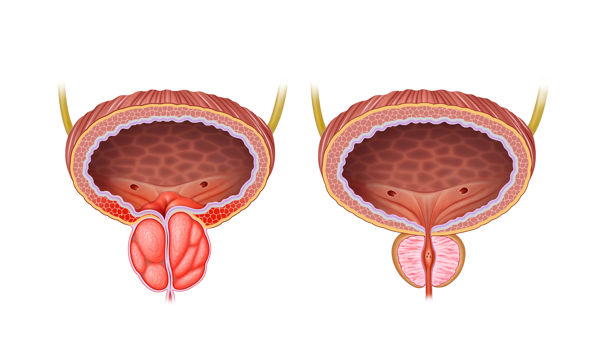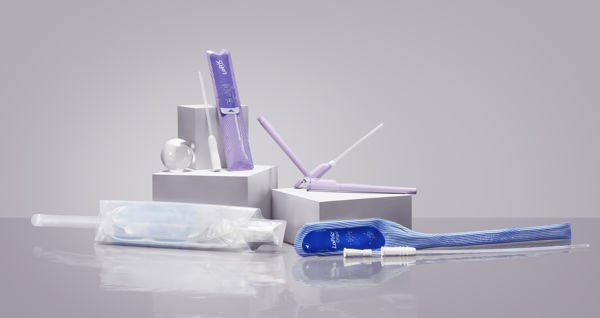Articles
Que vous soyez soignant, spécialiste ou totalement novice dans le domaine de l'incontinence, Wellspect Education propose des ressources pédagogiques adaptées à votre niveau d'expertise.
Que vous soyez soignant, spécialiste ou totalement novice dans le domaine de l'incontinence, Wellspect Education propose des ressources pédagogiques adaptées à votre niveau d'expertise.

key:global.content-type: Article
Dans cet article, nous résumons les principales conclusions et recommandations d’une étude réalisée en 2023 par Bauer et al. qui explore le cathétérisme intermittent (CI) chez les enfants et les adolescents en milieu scolaire.

key:global.content-type: Publication en vedette
La vision traditionnelle de la stérilité urinaire a été remise en question par la découverte du microbiome urinaire, c’est-à-dire un mélange de bactéries et de micro-organismes dans les voies urinaires. Cette relation unique entre les microbes et les humains n’est pas encore entièrement comprise, mais a attiré beaucoup d’attention dans la recherche clinique au cours de la dernière décennie.

key:global.content-type: Article
Les infections urinaires récurrentes chez les enfants atteints de vessie neurogène constituent un risque élevé d’entraîner de graves lésions rénales et doivent faire l’objet d’une attention particulière. Cette étude est utile pour déterminer les traitements et les mesures proactives pour prévenir les infections urinaires récurrentes.

key:global.content-type: Article
L’hyperplasie bénigne de la prostate (HBP) est l’un des principaux diagnostics chez les hommes. Environ 100 000 hommes sont traités par chirurgie transurétrale de la prostate (RTUP) chaque année, ce qui en fait l’une des interventions chirurgicales les plus courantes aux États-Unis et dans plusieurs autres pays.

key:global.content-type: Article
Catheter associated urinary tract infections (CAUTI) are common in the hospital setting with consequential morbidity and mortality. The risk of bacterial adhesion and invasion of the urinary tract increases with use of an indwelling catheterization and may be reduced by adopting intermittent catheterization using hydrophilic single-use catheters.

key:global.content-type: Article
A surprisingly high number of patients reuses catheters intended for single-use every day putting them at risk for unnecessary complications. Single-use hydrophilic catheters for intermittent catheterization lower the risk for short- and long-term complications and are a convenient and preferred choice for many patients.

key:global.content-type: Article
According to WHO the problem of antimicrobial resistance is so serious that it threatens our modern healthcare system.1 By 2050 it may cause 10 million deaths2 or more if we lose our ability to use effective antibiotics.

key:global.content-type: Article
Available clinical evidence supports the strategy to always consider intermittent catheterization as the first therapeutic choice, before considering the use of an indwelling catheter. Intermittent catheterization is the first therapeutic choice and is a safer bladder management method than both urethral and suprapubic indwelling catheters. Intermittent catheterization is central to reduce morbidity related to renal failure and neurogenic bladder dysfunction.

key:global.content-type: Article
With more than 30 years on the market, LoFric has been used and documented in several ways. In addition to efficiently emptying the bladder, LoFric’s versatile use includes treatment and prevention of recurrent strictures, administration of chemotherapy by bladder instillation, and resolution of rare complications.

key:global.content-type: Article
At Wellspect HealthCare we take our environmental responsibility seriously. We continuously work to minimize the environmental impact related to our products. We ensure that proper materials are used and all applicable production requirements are followed.

key:global.content-type: Article
Bladder instillation is used for local administration of drugs into the bladder. This is used for treatment of interstitial cystitis and cancer, for example. Drugs are being delivered by catheters and a hydrophilic-coated surface such as that of the LoFric catheters reduces the risk for trauma associated with instillation therapy.

key:global.content-type: Article
A urethral stricture is an abnormal narrowing of the urethra and is often caused by trauma or inflammation.
